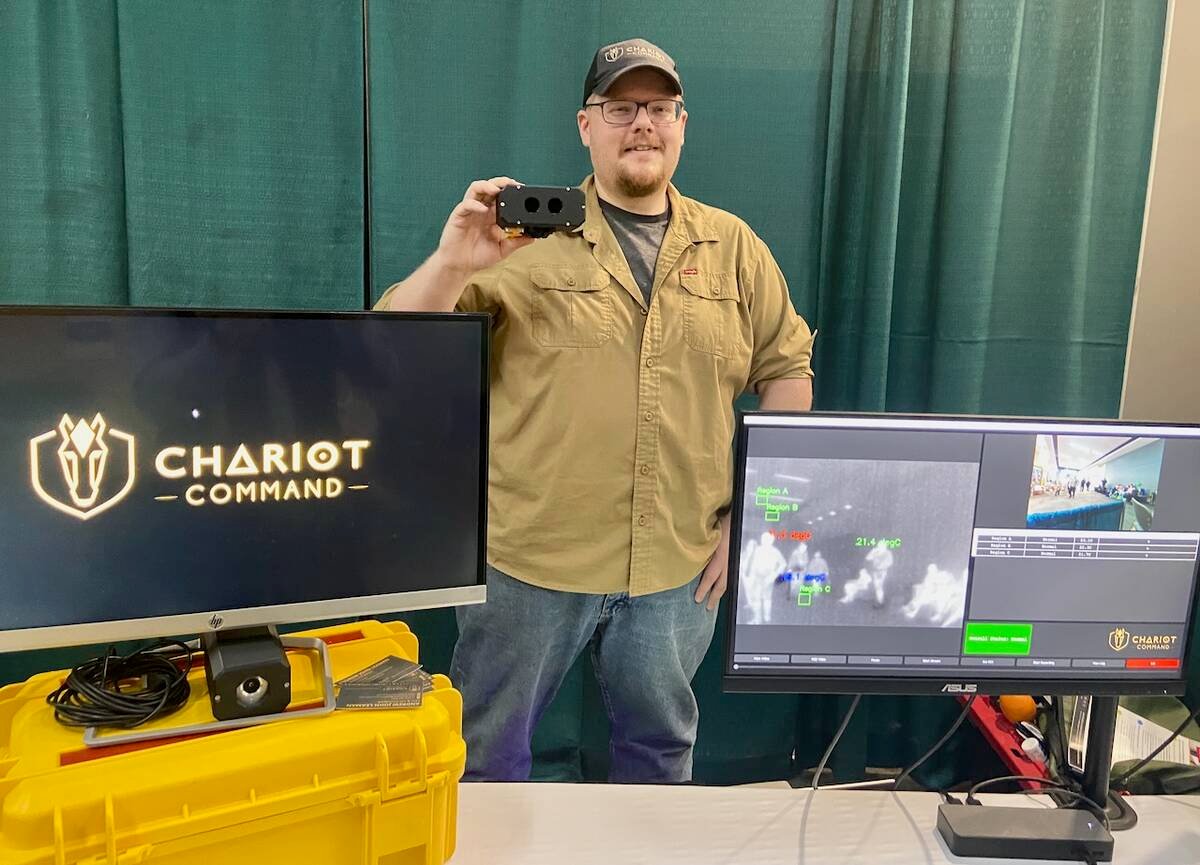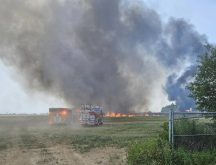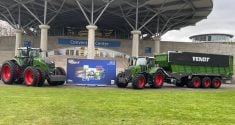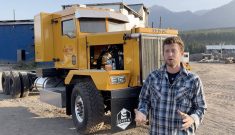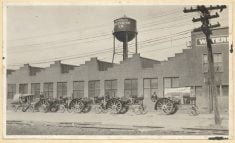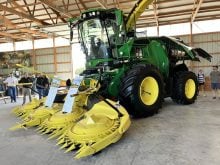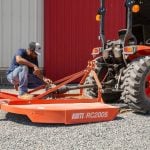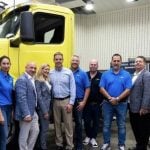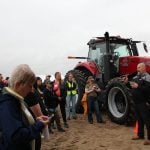Nothing makes the rounds in a farm neighbourhood faster than an equipment fire.
Those fires — often involving combines and balers — are common and costly as equipment costs rise.
Letting farmers know when equipment parts are in danger of heating or failing is the focus of a startup company based in Canada and the United States.
Why it matters: There’s more interest in managing fire risk in expensive equipment, including from insurance companies.
Chariot Command provides heat-measuring cameras that can be moved to places on equipment and on the farm where there’s interest in measuring heat.
Read Also
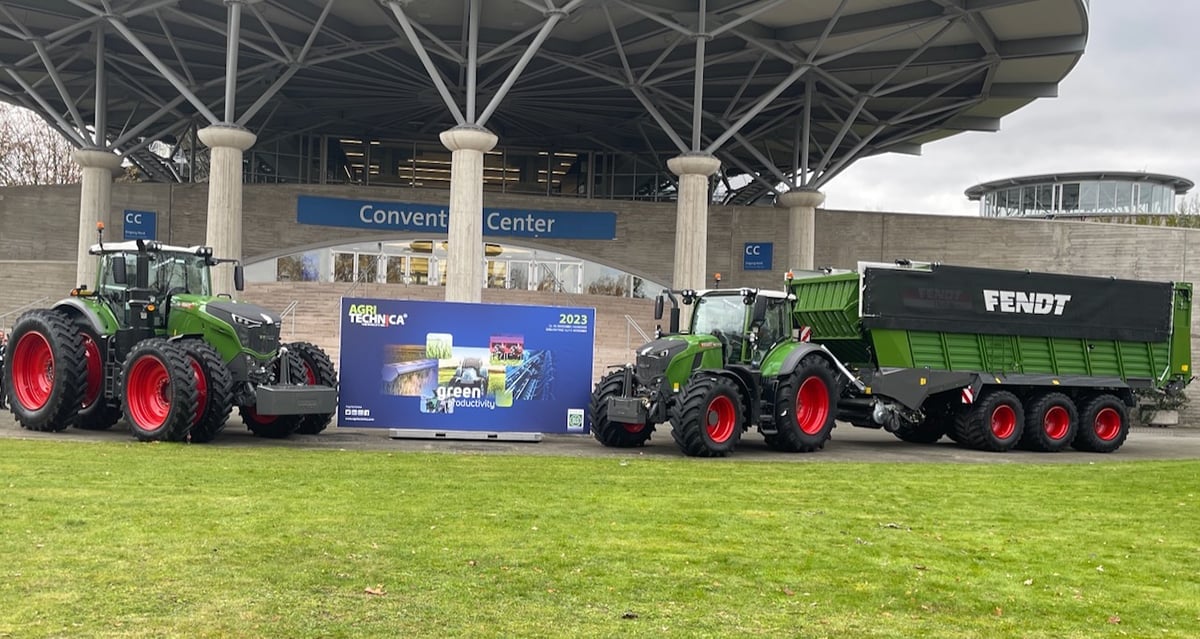
Canada to have increased presence at Agritechnica 2025
Interest in diversifying trade markets is taking more Canadian manufacturers to Agritechnica 2025, the world’s largest machinery show.
On combines, that can include the engine and chopper bearings, the places with the most risk on the machine.
“We have a sensor system, which is a thermal and regular camera, so we use that information with our software to help determine what’s going on and provide an alert to you, the operator,” says Andrew Leaman, co-founder and CEO of Chariot Command.
Farmers can target certain areas of the machine for extra observation, says Leaman.
He was at numerous agriculture technology events this winter and spring.
Leaman says that they’re still a startup company and want to keep learning from farmer knowledge, including other areas where the cameras could be useful.
That means farmers could move the cameras off the combines after harvest season and use them on grain bins or other equipment where heat is an issue and could be measured. Monitoring precision equipment to make sure it’s doing its job is another option, he says.
“We put cameras into dirty and dangerous environments to protect those machines from fires or maintenance issues,” he said at the Ottawa Valley Farm Show, where cameras show the infrared signature of people passing by the Chariot Command display.
Chariot Command started out automating tractors, but has morphed into a company that helps farmers manage risk on their expensive machines.
To start with that’s combines, but also balers, another common mechanical fire hazard for farmers.
Balers, like combines, work in dry conditions, with dry materials going through the machine. That raises the risk of a point of heat igniting the machine, such as with a hot bearing that breaks and drops into dry organic material.
The system uses a thermal and regular camera to monitor different temperatures and what is going on visually, and regions of interest can be monitored. Then a report can be generated that shows how a bearing, or hot spot is behaving so that preventative maintenance can be done so that it doesn’t escalate to a fire.
Leaman says the company is still figuring out its product. The first models have been 3D printed. They sell kits, with a sensor, sensor computer and a dashboard for the cab for $3,500. Each extra sensor is $2,500.
For class six to eight combines, a sensor is recommended for each chopper bearing and the engine. The company will come and install the system for that price while they are in startup mode, says Leaman.
The future involves attaching the system to a telecommunications module, so alerts can be sent immediately.
“You don’t need a video, you need to know something is happening,” he says.
Detecting objects such as people or rodents around or in the machine that shouldn’t be there is also a next step.


